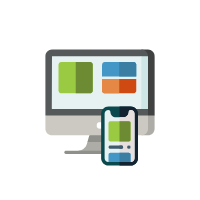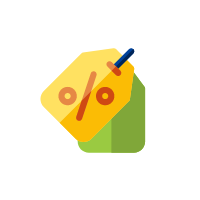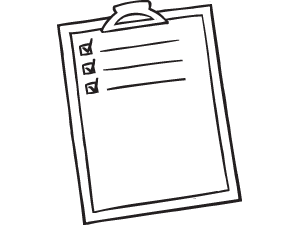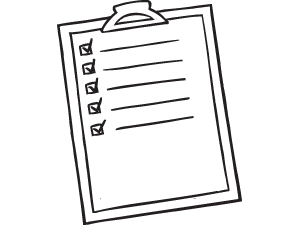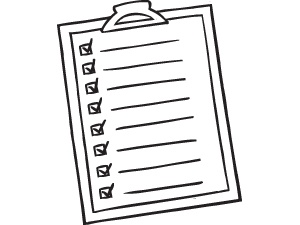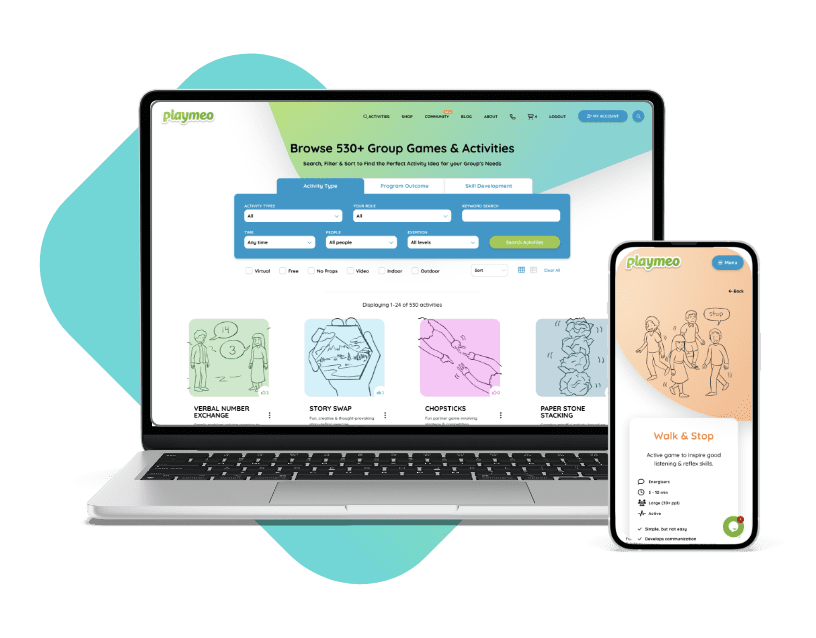Download our free 28-page ebook jam-packed with outrageously fun activity ideas.
There is one wholly significant element that will help you create an outrageously fun, interactive experience – the sequence, or the progression of steps that you follow to set your group up for success. It’s what I call the Difference Model.
Looking back, I wish this sequence, this series of steps, was shared with me when I first started out.
For the most part, despite or in spite of my green, dewy-eyed approach, I kind of just figured it out mostly by emulating my heroes and heroines in the field. And this was not a bad thing, because I noticed that when I followed a particular sequence, the program worked and my groups left feeling engaged, inspired and successful.
Of course, when I did not follow this framework, the wheels would inevitably fall off somewhere along the way.
Over the years, I have referred to these steps a thousand times in my training workshops, and with each re-telling, refined them just a little to reflect more truthfully how I do what I do.
What Is The Difference Model?
These are the four steps I take:
- Plan or Needs Analysis – articulating the difference I am going to make.
- Prime or Setting The Tone – creating a fun, safe and supportive environment to invite interaction.
- Pump or Doing The Work – developing the level of engagement and skills to promote growth.
- Peak or The Difference – leveraging my group’s potential to do work that matters.
The sections which follow describe these steps in detail, together with many useful leadership insights and examples.
These steps are modelled and explored more deeply in my training workshops.
You can read all of the details about the Difference Model and how I do what I do in my book called Serious Fun.


